Fusion splicing offers a simplified and convenient way to achieve fiber optic connectivity. Providing a rather consistent and low loss mating of fiber optic stands, fusion splicing is preferred by many installers as an efficient method to connect fibers together. Fragile as the fiber joint is, it is easily impacted by stress and outside force. Hence, a splice protection sleeve should be necessarily used to safeguard the fiber splice in field and factory operations. We will present several common types of splice protection sleeve here, and try to explain how to install it in splice holder.
Splice Protection Sleeve Description
Generally speaking, splice protection sleeve is typically used to protect fiber joint in the fiber optic fusion splicing work. It basically consists of three parts: a hot melt type adhesive inner tube and a strength member, enclosed in a cross-linked, polyethylene heat shrinkable outer tube. The design ensures consistent and reliable protection of spliced fiber, and secures fiber alignment from damage during shipping, handing and installation. Here we introduce the commonly used splice protection sleeve for you.
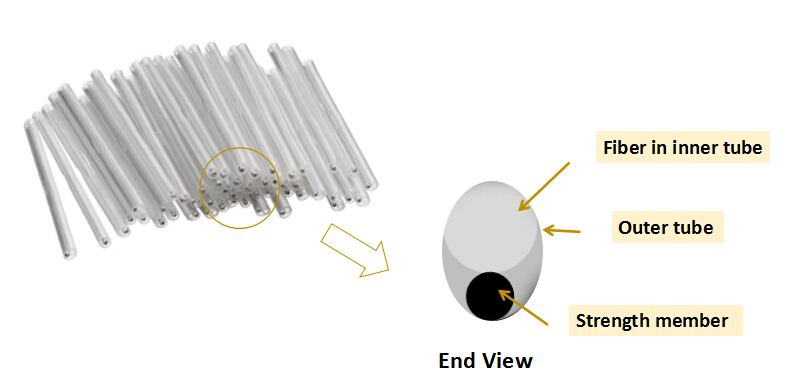
Single Fiber Splice Protection Sleeve
Single fiber splice protection sleeve is often with 40mm or 60mm length, whereas 45mm sleeve is specifically provided by some vendors. It is designed to offer simple, convenient and highly reliable ways to protect and reinforce single fiber splice. The highly transparent tube of single fiber splice sleeve allows for direct view of the inside joint part, which facilitates regular inspection and maintenance.
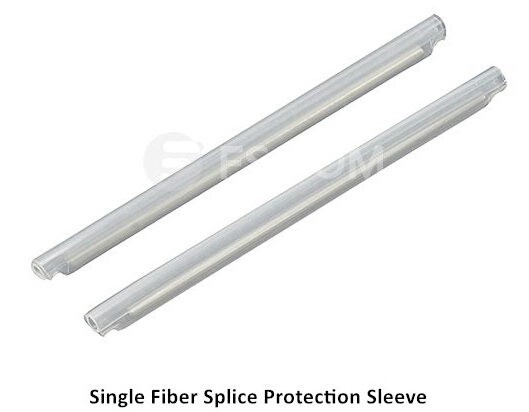
Ribbon Fiber Splice Protection Sleeve
Ribbon fiber splice protection sleeve is used to protect mass fusion splices of ribbons. Different from single fiber splice protection sleeve, it is capable of accommodating multiple fiber splices, ranging from 2, 4, 8, and up to 12 spliced fibers. The tubes of ribbon fiber splice protection sleeve are clear to allow viewing of the fiber during and after splicing. The entire assembly is designed to ensure that all members maintain perfect alignment during handling and shrinking.
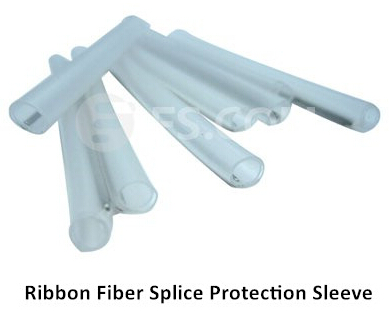
Considerations Before Installing Splice Protection Sleeve
Before installing the splice sleeve to the splice holder, do not forget to carefully inspect the finished sleeve. Basically there may exist the following common problems.
1. Debris inside the sleeve, which can cause an attenuation increase or fiber break. The solution is to thoroughly clean the fiber before sliding on the sleeve and to store the sleeves in a plastic bag to prevent debris from entering the splice protection sleeve during storage.
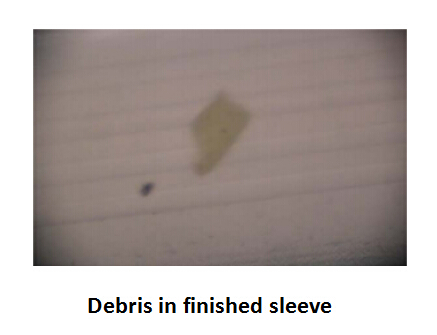
2. Improper tension on the fiber. Fail to maintain tension on the fiber during the heat shrink process my cause non-parallel fibers that result in an attenuation increase or broken fibers. So it is essential to maintain tension on the fibers when placing into the tube heater, and avoid twisting the fiber when placing or removing from the heater.
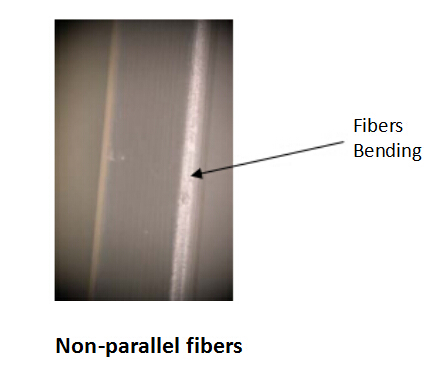
3. Cable gel or grease inside sleeve. This may have a similar effect on the fibers as solid debris and may cause bending of the fibers in a relatively short span. The solution is to thoroughly clean the fiber before sliding on the sleeve, and to not touch the fibers once they have been properly cleaned.
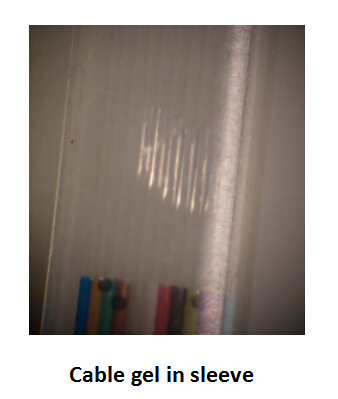
4. Sleeve splitting when heated. This happens due to improper tube heater settings or because the sleeve suffered a cut or puncture before being heated. This can be avoided by ensuring correct tube heater settings and by keeping the splice protection sleeve in the plastic bag until ready for use.
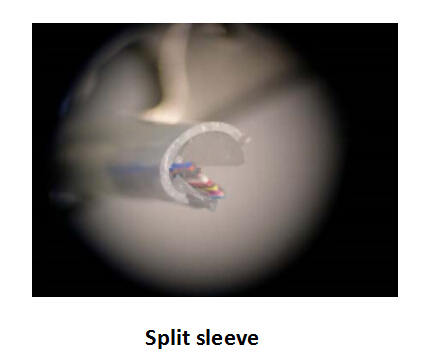
Method to Install Splice Protection Sleeve in Splice Holder
The spliced fibers are always stored in a splice sleeve holding apparatus of splice trays. The holders can be foam or plastic depending on the construction and dimensions of the splice tray. In this part, we offer you a proper way to achieve safe and successful installation.
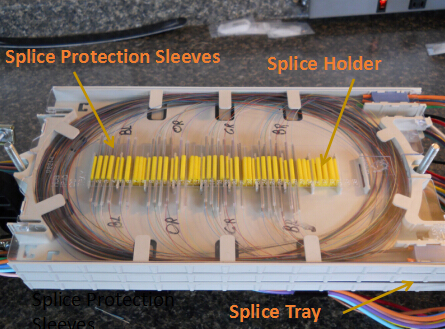
Correct Installation Method
The strength member inside the splice protection sleeve is designed to provide protection during installation and removal from splice holders. To this end, one could insert the spliced fiber into a holder with the strength member in the down position. Which means it is the strength member, not the fiber, that should be installed firstly into the target holder position. This minimizes contact of the fiber and facilitates remove a splice sleeve whenever necessary.

Incorrect Installation Method
Never install the fiber prior to the strength member or put the fiber and strength member parallel to the base of the fiber holder. This would exert excess stress to the fiber, splice protection sleeve and the fiber holder as well. The consequence is increased insertion loss of the fiber.
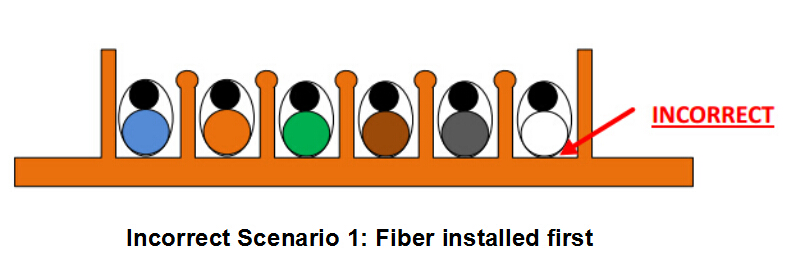
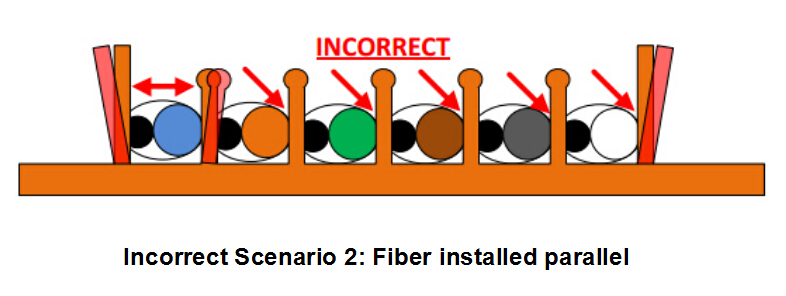
Conclusion
Small as it might be, splice protection sleeve provides robust and reliable protection to fiber splice in fusion splicing work. Appropriate installation of splice protection sleeve ensures optimum performance and accessibility when placed in splice holders and trays. And do remember to visually inspect the splice protection sleeve before seating them in holders.

No comments:
Post a Comment